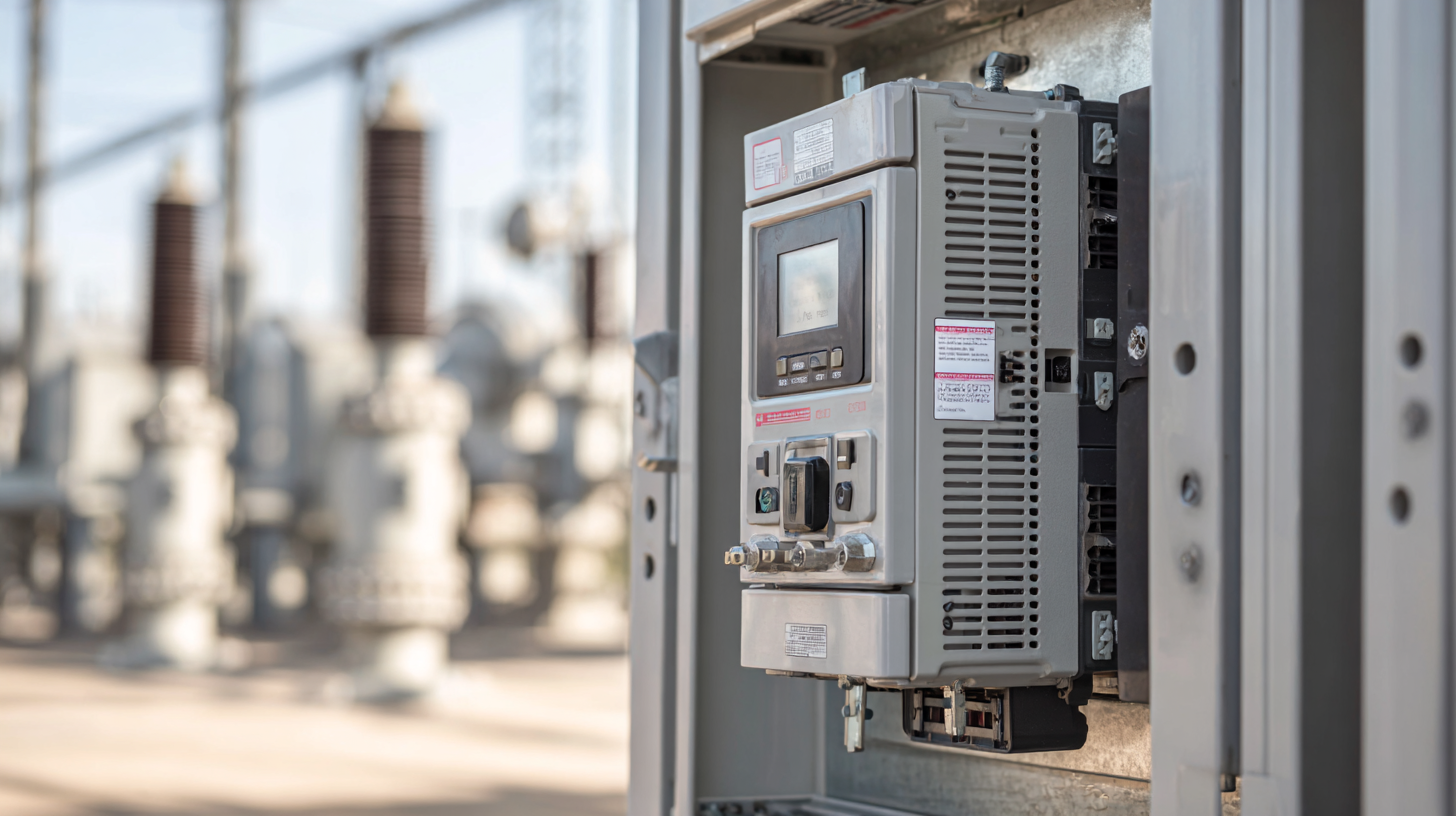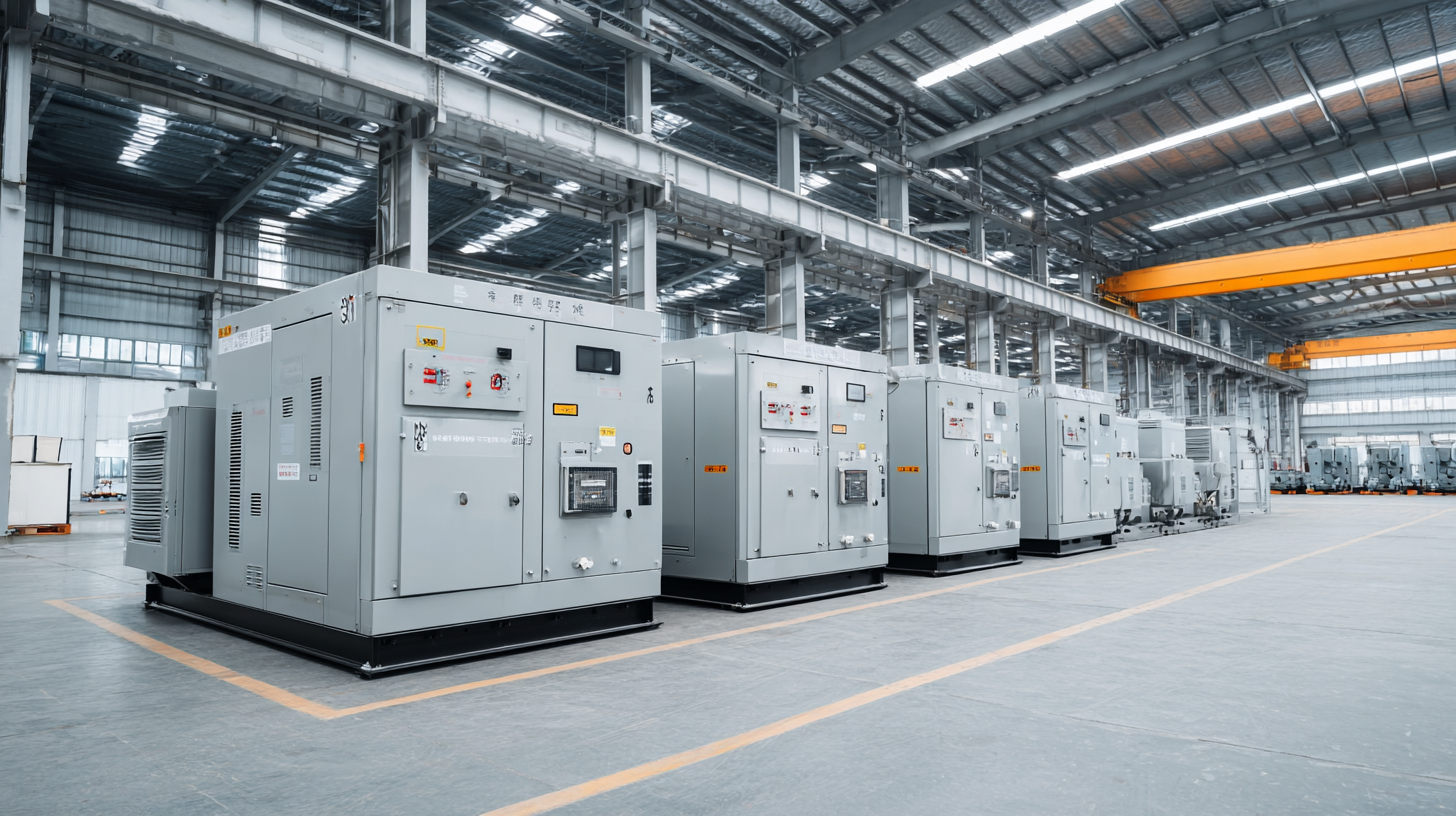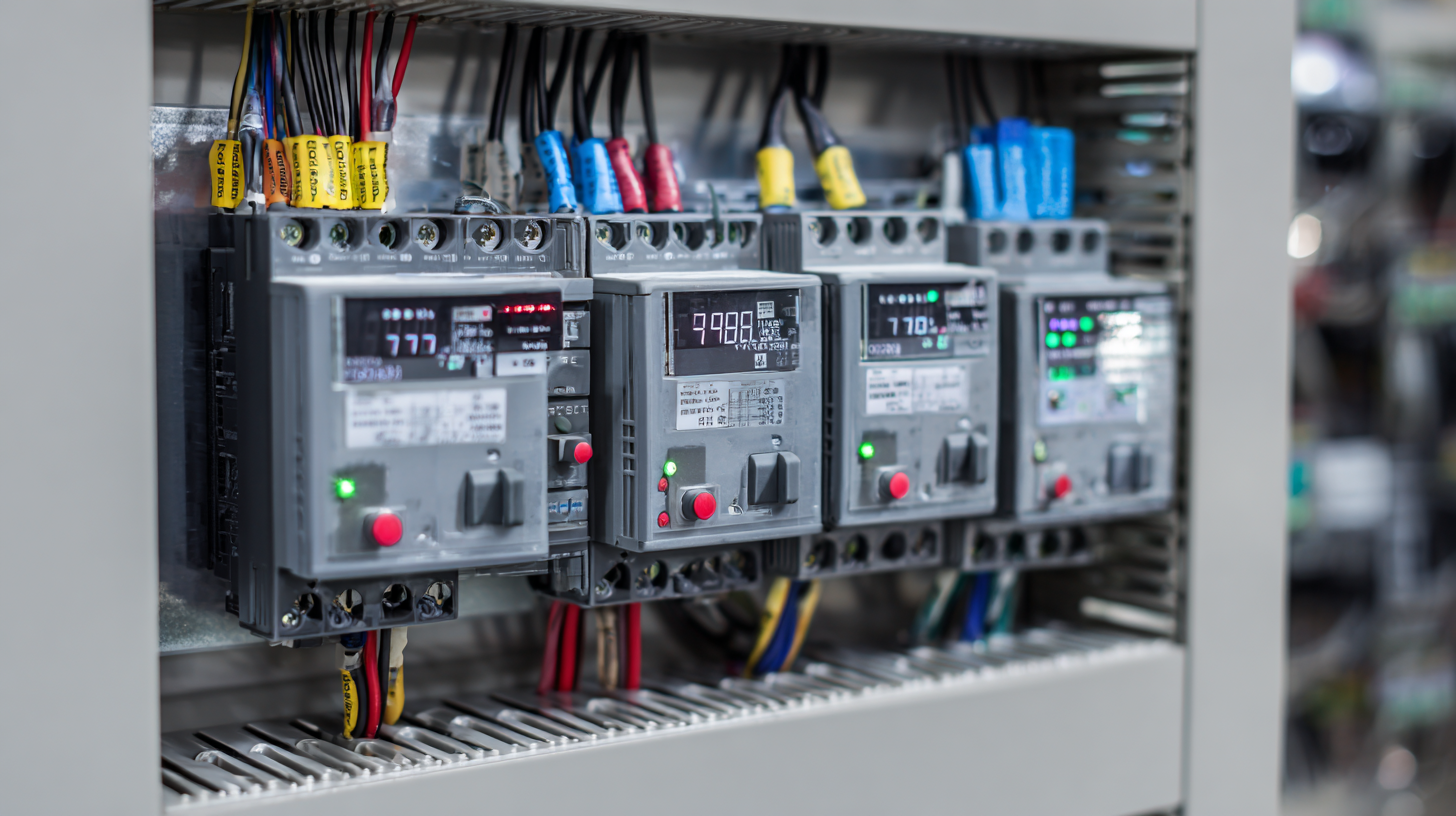Connect with us today to learn more about our industrial automation solutions—and how to commission them for your application.
Unlocking Efficiency in Industrial Applications How to Use the Best Single Phase to 3 Phase Converter VFD
In the rapidly evolving industrial landscape, unlocking efficiency is of paramount importance for businesses striving to maintain a competitive edge. A vital component in this pursuit is the utilization of advanced technology such as the single phase to 3 phase converter VFD (Variable Frequency Drive). According to a recent industry report by Grand View Research, the global market for variable frequency drives is projected to reach USD 21.84 billion by 2025, reflecting a CAGR of 5.5%. This growth underscores the increasing reliance on efficient power conversion solutions in various applications, enabling smooth operation of three-phase motors and reducing energy costs. As industries in China and around the world focus on "智造"—intelligent manufacturing— the demand for high-quality, reliable converters continues to soar, providing businesses with the tools necessary to enhance productivity and drive innovation.

Benefits of Converting Single Phase to Three Phase for Manufacturing Efficiency
In the realm of manufacturing, converting single-phase power to three-phase power has emerged as a crucial method for enhancing operational efficiency. According to a report by the U.S. Department of Energy, approximately 70% of industrial facilities rely on three-phase systems due to their superior performance and reliability. This conversion enables businesses to leverage the greater power capacity and consistent energy delivery that three-phase systems provide, which can significantly reduce energy consumption by up to 30%.
One of the primary benefits of utilizing a single-phase to three-phase converter VFD (Variable Frequency Drive) is the improved torque and acceleration in motor operations. Three-phase motors have a smoother power delivery, resulting in less wear and tear on equipment and lower maintenance costs. A study published in the Journal of Industrial Technology highlights that facilities that upgraded to three-phase systems observed a 25% decrease in downtime due to motor failures, demonstrating how the conversion not only boosts productivity but also enhances equipment lifespan and reliability. As manufacturers continue to seek ways to optimize their processes, the transition to three-phase power is proving to be an effective strategy for maximizing efficiency and minimizing operational costs.
Understanding VFD Technology: Key Features and Industry Applications
Variable Frequency Drives (VFDs) are pivotal in optimizing performance across various industrial applications. They allow for the conversion of single-phase power to three-phase power efficiently, enabling the operation of three-phase motors in environments that may only have single-phase supplies. One of the key features of VFD technology is its ability to control the speed and torque of motors, which is essential in processes requiring precision and adaptability. This capability not only enhances operational efficiency but also extends the lifespan of equipment by reducing wear and tear.
In sectors such as manufacturing, HVAC, and water treatment, VFDs find extensive use due to their energy-saving potential and effectiveness in process automation. For instance, in a manufacturing plant, VFDs can help modulate the speed of conveyor belts or pumps, aligning power consumption with actual load requirements and reducing energy costs.
Beyond energy efficiency, VFDs also offer diagnostic capabilities that help in monitoring system performance and identifying maintenance needs before they escalate into costly failures. As industries continue to focus on sustainability and operational excellence, understanding and implementing VFD technology becomes increasingly critical in driving innovation and productivity.
Cost Analysis: ROI on Upgrading to VFDs in Industrial Settings
As industries increasingly prioritize efficiency and sustainability, the upgrade to Variable Frequency Drives (VFDs) presents a compelling investment opportunity. By transitioning from a single-phase to a three-phase converter VFD, facilities can realize significant improvements in both operational efficiency and energy consumption. This technological shift not only enhances the performance of machinery but also contributes to noteworthy reductions in energy costs. For example, implementing advanced motor drive technology can lower energy expenses drastically, which is crucial for maintaining competitive pricing in today’s market.
A cost analysis of VFD upgrades showcases their impressive return on investment (ROI). With manufacturers focusing on digital transformation, the financial justification for upgrading to VFDs becomes clearer. Many reports reveal that investments in VFD technology lead to shorter payback periods through decreased daily operating costs and maintenance expenses. As tighter regulations on energy use and environmental impacts gain traction, adopting VFDs not only supports compliance but also positions companies for long-term sustainability and profitability. Embracing these advancements equips organizations with the tools they need to thrive in an evolving industrial landscape.
Cost Analysis: ROI on Upgrading to VFDs in Industrial Settings
Real-World Case Studies: Success Stories in Phase Conversion
In the realm of industrial applications, the transition from single-phase to three-phase power is a challenge many companies face. Successful phase conversion not only enhances operational efficiency but also opens the door for advanced machinery and improved productivity. For instance, a manufacturing plant that implemented a high-efficiency single-phase to three-phase VFD (Variable Frequency Drive) discovered remarkable improvements in machinery performance. By integrating the VFD, they were able to control motor speeds dynamically, which led to a significant reduction in energy consumption and extended the lifespan of their equipment.
Another exemplary case involved a small workshop that struggled with high initial costs of three-phase electrical service. By adopting a single-phase to three-phase converter VFD, they were able to tap into the benefits of three-phase power without the expenses associated with full infrastructure upgrades. This conversion enabled them to run multiple higher-capacity tools simultaneously, effectively doubling their production output. These real-world scenarios underscore the transformative impact of phase conversion technologies in industrial settings, showcasing how businesses can unlock new levels of efficiency and capability by embracing innovative power solutions.

Future Trends in VFD Technology and Their Impact on Global Manufacturing
The variable frequency drive (VFD) technology continues to evolve, significantly influencing global manufacturing processes. According to market predictions, the global VFD market is anticipated to grow from an estimated $24.68 billion in 2025 to a remarkable $32.00 billion in the following years. This growth underscores the increasing importance of energy efficiency and automation in industrial applications. As manufacturers seek to optimize operations, the use of advanced VFD solutions becomes crucial, enabling smoother control of electrical motors and reducing energy consumption.

Future trends in VFD technology indicate a shift towards more intelligent systems capable of integrating with the Internet of Things (IoT). This integration will not only enhance the monitoring and management of energy usage but also pave the way for predictive maintenance strategies. Additionally, in regions such as the Middle East and Africa, the VFD market is projected to reach $1.29 billion by 2030, reflecting an impressive CAGR of 5.6%. These developments showcase the pivotal role that VFDs will play in driving sustainability and efficiency in manufacturing, ultimately contributing to lower greenhouse gas emissions across various sectors.